The Risk Reliance Assurance Framework (RRAF)
Introduction
In today’s dynamic corporate landscape, effective risk management is essential for safeguarding organizational value. With the rise of complex risks—cyber threats, regulatory pressures, supply chain disruptions, and reputational risks—businesses are turning to internal audit functions to serve as the last line of defense. However, the effectiveness of internal audit heavily relies on the quality and reliability of risk management outputs produced by an organization’s risk department. This dependency, now reinforced by the new International Internal Audit (IIA) Standards, has introduced challenges and the need for a structured methodology to validate risk management reliability.
The Challenge: Bridging the Gap Between Risk Management and Internal Audit
Despite progress in organizational risk management, internal audit functions face several challenges in trusting the risk outputs they rely upon:
- Inconsistent Risk Standards and Maturity Levels
Risk management practices often vary widely across departments and subsidiaries, especially in complex organizations. Internal auditors struggle with assessing risk outputs when risk frameworks lack uniformity, impacting the accuracy of audit insights. - Insufficient Collaboration and Alignment
The new IIA Standards mandate internal audit departments to collaborate closely with risk management to enhance organizational governance. However, gaps in alignment, communication, and information sharing hinder internal auditors from fully understanding and trusting risk data. - Uncertain Reliability of Risk Data and Reporting
Without a structured process to validate risk assessments and reports, internal auditors may question the completeness and timeliness of risk information. This affects the overall assurance process, increasing audit-related risks and reducing confidence in the organization’s risk profile. - Cultural and Organizational Barriers
Achieving a cohesive risk culture is challenging, particularly when teams are not aligned on risk perception or fail to embed risk management in daily operations. Internal auditors are often tasked with deciphering risk data that does not accurately reflect the actual risk landscape.
Our Solution: The Risk Reliance Assurance Framework (RRAF)
Recognizing these pain points, we developed the Risk Reliance Assurance Framework (RRAF). This proprietary methodology assesses the risk management department’s processes, culture, and alignment with internal audit expectations. By following the structured phases of RRAF, internal auditors gain a clear understanding of the risk function’s maturity and reliability, enabling them to use risk outputs with confidence.
The RRAF is a five-phase methodology designed to be comprehensive, scalable, and adaptable to any organizational setting. The phases include Pre-Assessment Planning, Risk Governance Evaluation, Risk Process Evaluation, Risk Culture and Communication, and Reporting and Recommendations. Together, they provide a holistic view of the organization’s risk management function and facilitate enhanced collaboration with internal audit.
Our Approach: Detailed Breakdown of the RRAF Methodology
Phase 1: Pre-Assessment Planning
The initial phase focuses on aligning assessment objectives and understanding the organization’s risk landscape. Key tasks include defining the objectives, setting the scope, and establishing assessment criteria. The criteria are tailored to industry standards and regulatory frameworks, ensuring alignment with both IIA and organizational needs.
Why It Matters: Setting clear objectives and criteria upfront ensures that the assessment process is aligned with the organization’s specific needs and risk profile. By customizing the scope and criteria, we ensure that the RRAF delivers focused insights.
Phase 2: Risk Governance Evaluation
This phase assesses the structural foundation and strategic alignment of the risk management function. It examines the risk department’s position within the organization, roles, responsibilities, and authority. Key elements include risk policy review, evaluating reporting lines, and assessing alignment with corporate strategy.
Why It Matters: For internal audit to rely on risk data, they need assurance that the risk management function is empowered, properly structured, and strategically aligned. This phase helps identify any organizational barriers that might impede effective risk oversight.
Phase 3: Risk Process Evaluation
This phase digs into the technical and procedural aspects of risk management, including methodologies for risk identification, assessment, monitoring, and reporting. The evaluation covers the robustness of risk control measures and the quality of risk mitigation efforts.
Why It Matters: Internal auditors require evidence that risk assessments are accurate and thorough. By examining the risk processes, we verify that all critical risks are identified, managed, and mitigated effectively, which is key for internal audit reliance.
Phase 4: Risk Culture and Communication
This phase assesses how risk information flows within the organization, focusing on the communication channels and the extent to which risk is embedded in the culture. It evaluates the effectiveness of communication between risk management and other departments, including internal audit, and reviews training programs to gauge risk awareness.
Why It Matters: Internal audit departments can only rely on risk data if there is a strong risk culture that emphasizes transparency, accountability, and collaboration. This phase helps ensure that risk awareness is part of daily operations, minimizing the chances of critical risks being overlooked.
Phase 5: Reporting and Recommendations
The final phase involves documenting findings, identifying gaps, and providing actionable recommendations. A report is created for internal auditors and senior management, detailing the assessment results and a clear action plan to enhance risk reliability.
Why It Matters: By offering prioritized recommendations, we empower internal audit and risk management to close gaps and strengthen collaboration. This phase ensures that any limitations are addressed, providing internal audit with a solid foundation for reliance on risk outputs.
How RRAF Stands Out
- Comprehensive and Holistic
Unlike conventional risk assessments, RRAF is a holistic framework that covers governance, processes, culture, and communication. This comprehensive approach enables us to provide a 360-degree view of the risk function’s maturity, addressing all factors that impact internal audit reliance. - Tailored to Internal Audit Needs
RRAF is specifically designed to meet the requirements of internal audit functions, ensuring that all phases and assessment criteria are aligned with the IIA Standards. This alignment ensures that internal auditors gain the insights they need to meet the new compliance mandates confidently. - Clear Actionable Outcomes
Each phase of the RRAF culminates in actionable recommendations that can be used by both risk and internal audit functions to strengthen trust and alignment. This practical focus ensures that our methodology is not just theoretical but delivers tangible improvements. - Embedded Culture of Risk Awareness
A unique element of RRAF is its focus on risk culture. By assessing risk awareness, communication, and training, RRAF ensures that risk management becomes an integral part of the organization’s culture, reducing the chances of miscommunication and missed risks.
Benefits of Implementing the RRAF
The RRAF offers numerous benefits, not only for internal auditors but also for senior management and risk functions:
- Enhanced Assurance: Internal audit can rely on risk outputs with greater confidence, ensuring more accurate and insightful audits.
- Increased Efficiency: By aligning risk and audit functions, organizations minimize duplication of efforts, saving time and resources.
- Stronger Governance: The RRAF ensures that the organization’s risk function is not only aligned with strategy but also adequately positioned within the corporate governance framework.
- Improved Risk Awareness: A robust risk culture enhances awareness at all organizational levels, ensuring that risks are identified and managed proactively.
Conclusion
As organizations face increasingly complex risk landscapes, the need for collaboration between internal audit and risk management has never been greater. The Risk Reliance Assurance Framework (RRAF) offers a proprietary, structured approach for organizations seeking to enhance the reliability of their risk functions. By focusing on comprehensive evaluation and actionable outcomes, RRAF positions internal audit as a confident, value-adding partner in risk oversight.
For internal audit functions, implementing RRAF not only addresses the challenges posed by new regulatory standards but also strengthens the organization’s resilience. By bridging the gap between risk and audit, RRAF builds a foundation of trust that will enhance governance and drive long-term organizational success.
=======================================================================
Disclaimer:
The views and information expressed in this article are provided for general informational and educational purposes only and do not constitute professional, legal, financial, or investment advice. LAMAH Intelligent Solutions and the author(s) make no representations or warranties as to the accuracy, completeness, or suitability of the information contained herein and accept no liability for any loss or damage arising from reliance on it. Readers are advised to seek independent professional advice before making any decisions based on this content.



